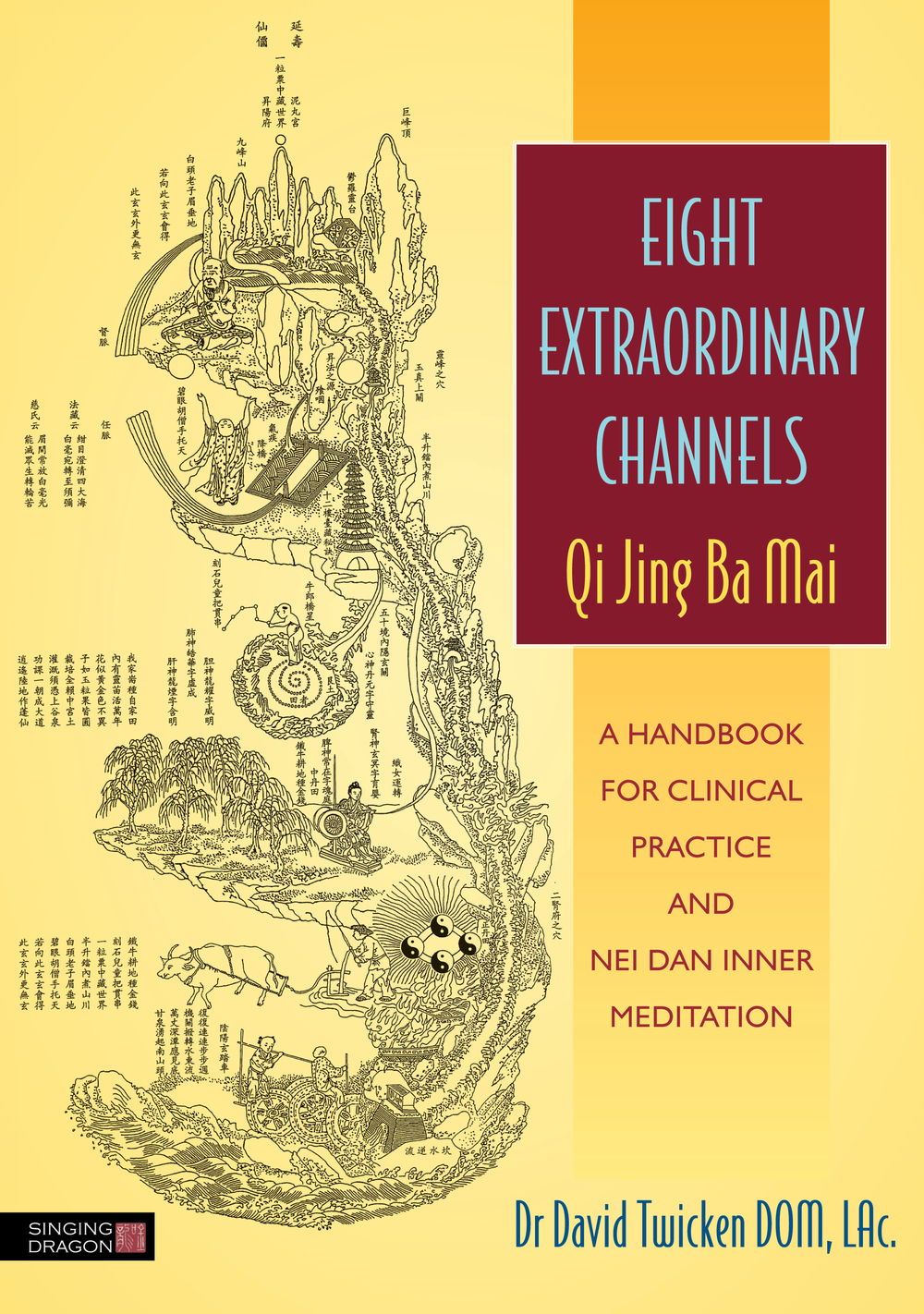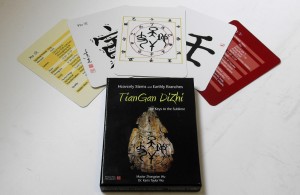 Since the publication of my book The Valley Spirit, many things have evolved in my life. Some of the dilemmas I faced at that time have now been resolved and born fruit. The most pivotal changes have been becoming a wife and mother, sacred roles which I strived towards throughout the journey of The Valley Spirit. Now I know intimately an alchemy of a different kind.
Since the publication of my book The Valley Spirit, many things have evolved in my life. Some of the dilemmas I faced at that time have now been resolved and born fruit. The most pivotal changes have been becoming a wife and mother, sacred roles which I strived towards throughout the journey of The Valley Spirit. Now I know intimately an alchemy of a different kind.
The first alchemy I learned was the Daoist process of transformation to immortality. Known as internal alchemy or nei dan, creating another body within the body, a pure yang—pure light body. This path may take a lifetime.
The second alchemy I knew was becoming a mother. An experience fully of the flesh and a way of the Earth, yet also the essence of the Dao, this process too was creating a body within the body.
The path from pregnancy, to giving birth, to motherhood is undeniably an alchemy of its own. There is something very mysterious and brilliant about the way that a life can enter this world—and that knowledge is saved especially for the mothers. These little beings come out from the deep unseen caverns inside the body, a new soul breathes the air of this world, a new body that never was before is created.
In the early months of pregnancy, after gazing at all the pictures in the books of how the fetus develops, and feeling this sacred thing happen within me, I realized that this would be an in the flesh experience that is cryptically described in the practice of internal alchemy that I had been learning about and being trained for all those years in China with my Shi Fu.
 The process of internal alchemy, nei dan, can be described in 3 phases: jing, qi, shen, or: essence, energy, spirit. Jing is flesh substances, such as saliva, menstrual blood and semen. Through meditation practices these are transformed into qi, a type of energy or “power”, that then, through self-cultivation becomes spirit—a complete sublimation of body and soul to enlightenment.
The process of internal alchemy, nei dan, can be described in 3 phases: jing, qi, shen, or: essence, energy, spirit. Jing is flesh substances, such as saliva, menstrual blood and semen. Through meditation practices these are transformed into qi, a type of energy or “power”, that then, through self-cultivation becomes spirit—a complete sublimation of body and soul to enlightenment.
The adept sets out on the path and performs certain meditation methods to spark the seed of the light body within. He then nurtures the embryo through stillness, often this is a period of 100 days. However, he must spend a lifetime preparing his nature and self virtue. He waits until one day, when the time has come, there will be a trial where the adept must pass through many obstacles of desire and hardship. If he does, the light body within will be born, and the adept’s physical body will be shed like skin. He will then be in the realm of the spirit and live on forever.
A woman’s alchemy can be likened to this process as the transformation from pregnancy, to giving birth, to motherhood. When conception occurs from the love and movement of man and woman, or heaven and earth, light comes into the woman, watering the seed of life, and the creation of another body within a body has begun. Throughout the 9 months (270 days) of pregnancy, the embryo is nurtured, and this is a period of inner meditation.
It is a time of traveling inward, gathering and storing strength, or channeling most of it into the new being. The woman prepares her cave with the greatest care for the intense journey of the birth of her child. She is waiting in a place of intuition and insight into the unseen and eternal. She wonders if it is real, this child within her, who she cannot yet see or hear in this world. There is a glow surrounding her that other people can see clearly.
When the new body has developed enough, from the food and air of the mother, the birth begins of its own accord, nature takes control. The birth is a time of perseverance, demanding the courage and strength of the mother. There is the immense pain which is a hardship she must work through and experience, but once she does, she has reached the crossroads. The child is born and breathes the air of this world for the first time, now visible and tangible, out from the caverns of the unseen it is suddenly here, and the woman becomes a mother, one of the greatest transformations she will experience in this life. She holds her baby for the first time and experiences the enlightenment of unconditional undying love. This moment is filled with the way of the Great Dao.
The rest is the journey of motherhood, or the polishing of the self through one of the most challenging and magical mirrors…children. This, to me, is the realm of the spirit, and all mothers, including myself must strive to remember that and live in the present moment. The mother perhaps no longer has the “time for herself”, for all of her energy is devoted to caring for the new being, her seed, what lives on after her, but she realizes that that is her “self”, her immortal self.
Perhaps the tasks of the home become her daily existence; folding laundry, sweeping the floors, preparing meals. Although these new tasks may feel lesser in this society, a mother must realize them to be no different than any other task, and that they are in fact deeply meditative arts if we can be mindful in the present moment as we go about them. Therefore, all mothers are alchemists. And the Dao is the Primal Mother.
Lindsey Wei is a disciple of Li Shi Fu in a traditional Daoist lineage which stretches back thousands of years. She divides her time between living as a renounced practitioner in Wudang Mountain and teaching a select group of students in North America. Discover more about her projects in China by visiting http://fiveimmortals.com. For more information on The Valley Spirit, see her Facebook page and book page.
© 2013 Singing Dragon blog. All Rights Reserved











